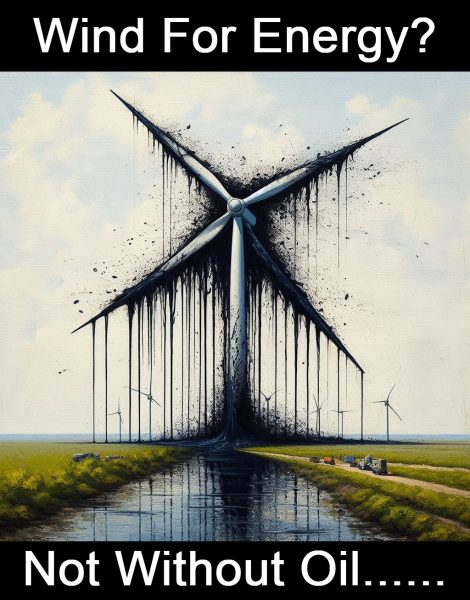THE FIGHTERS’ BIKERNET WEEKLY NEWS for June 26, 2025
Hey, Did you know there’s an ongoing fight to save the Sturgis Rally? Did you know a fight is brewing to save Harley-Davidson and I’m right in the middle of a battle to save Easyriders Magazine. Hell, President Trump is kicking ass to save our country and the Free World. Oh, and I’m road-testing my […]
THE FIGHTERS’ BIKERNET WEEKLY NEWS for June 26, 2025 Read More »

















